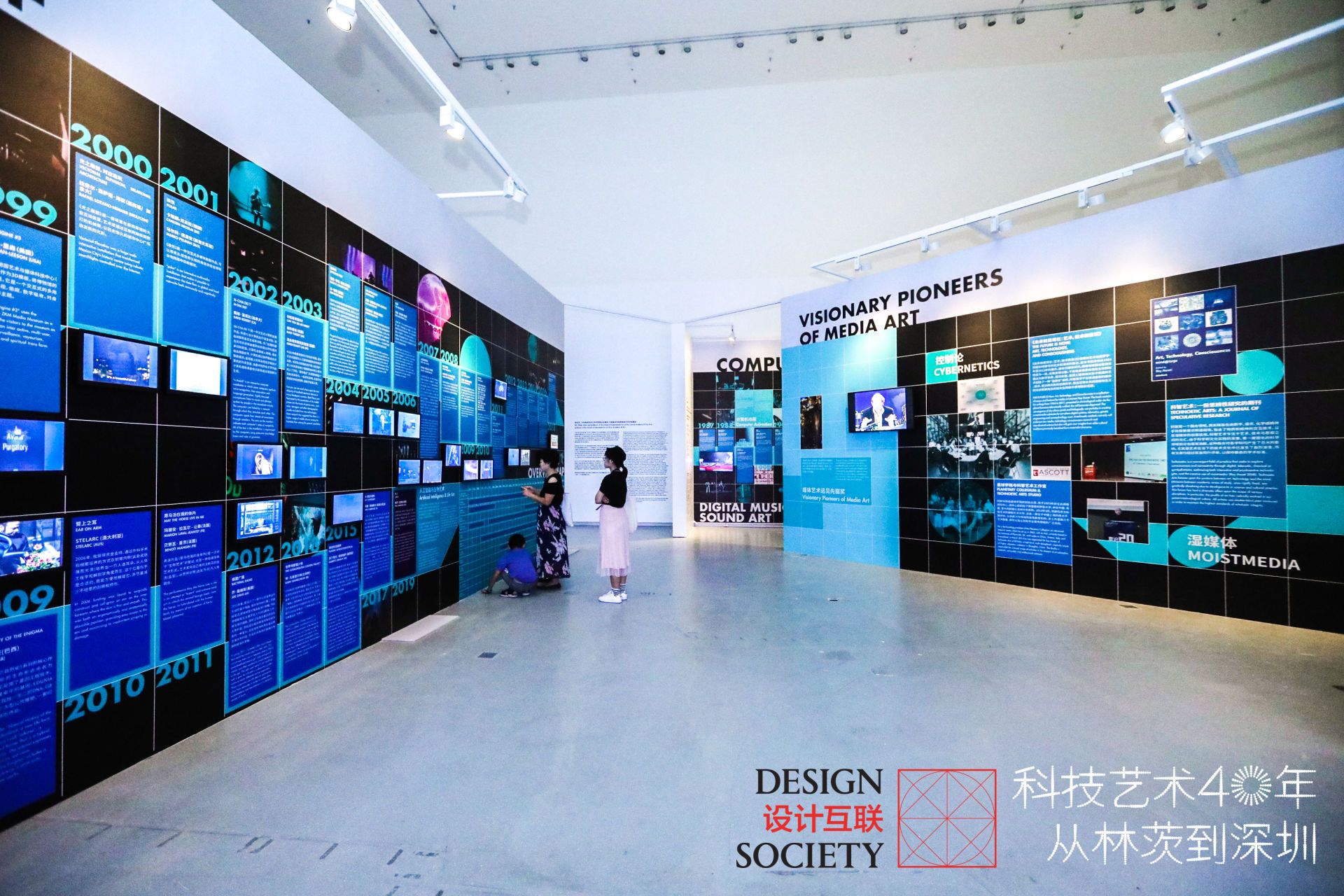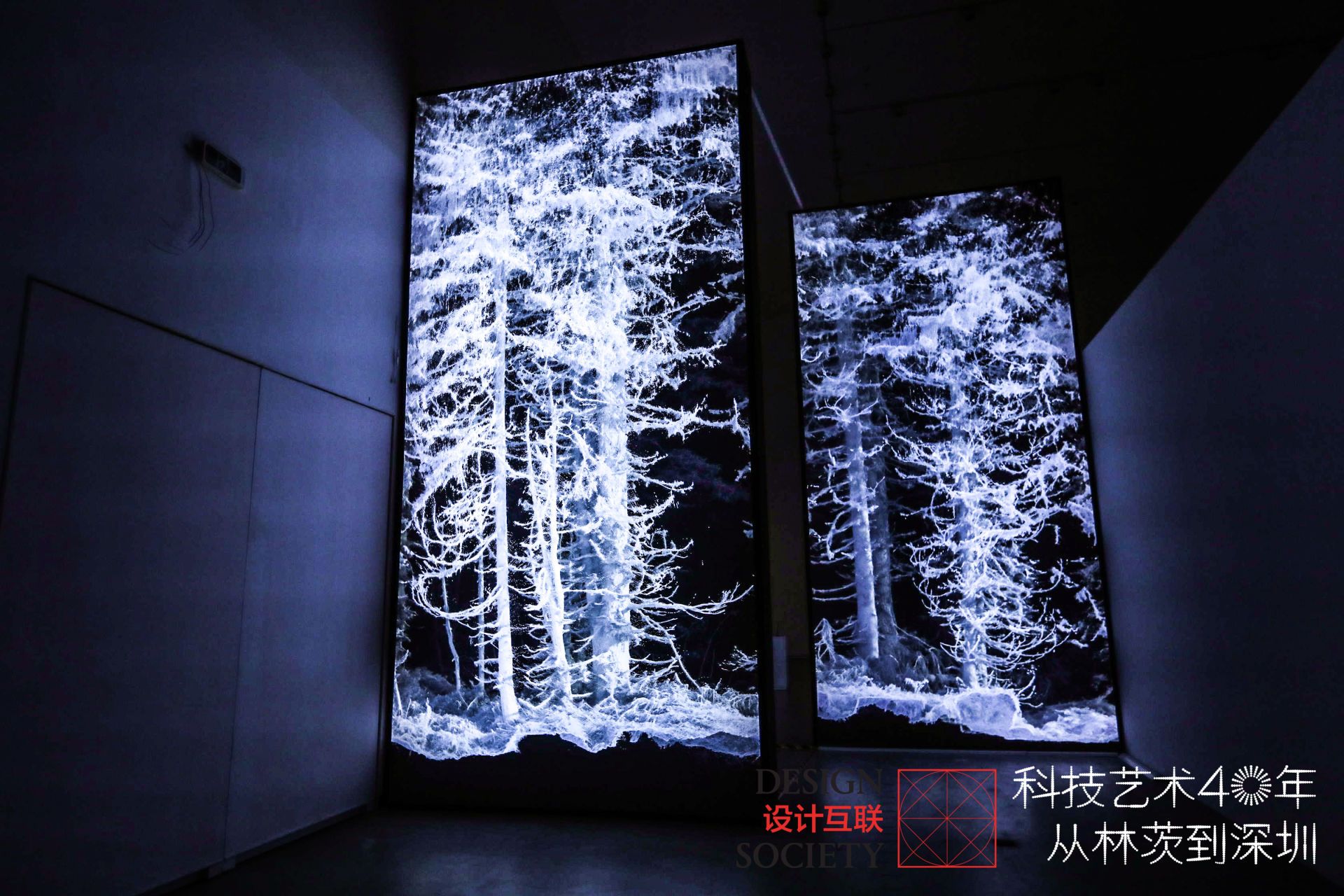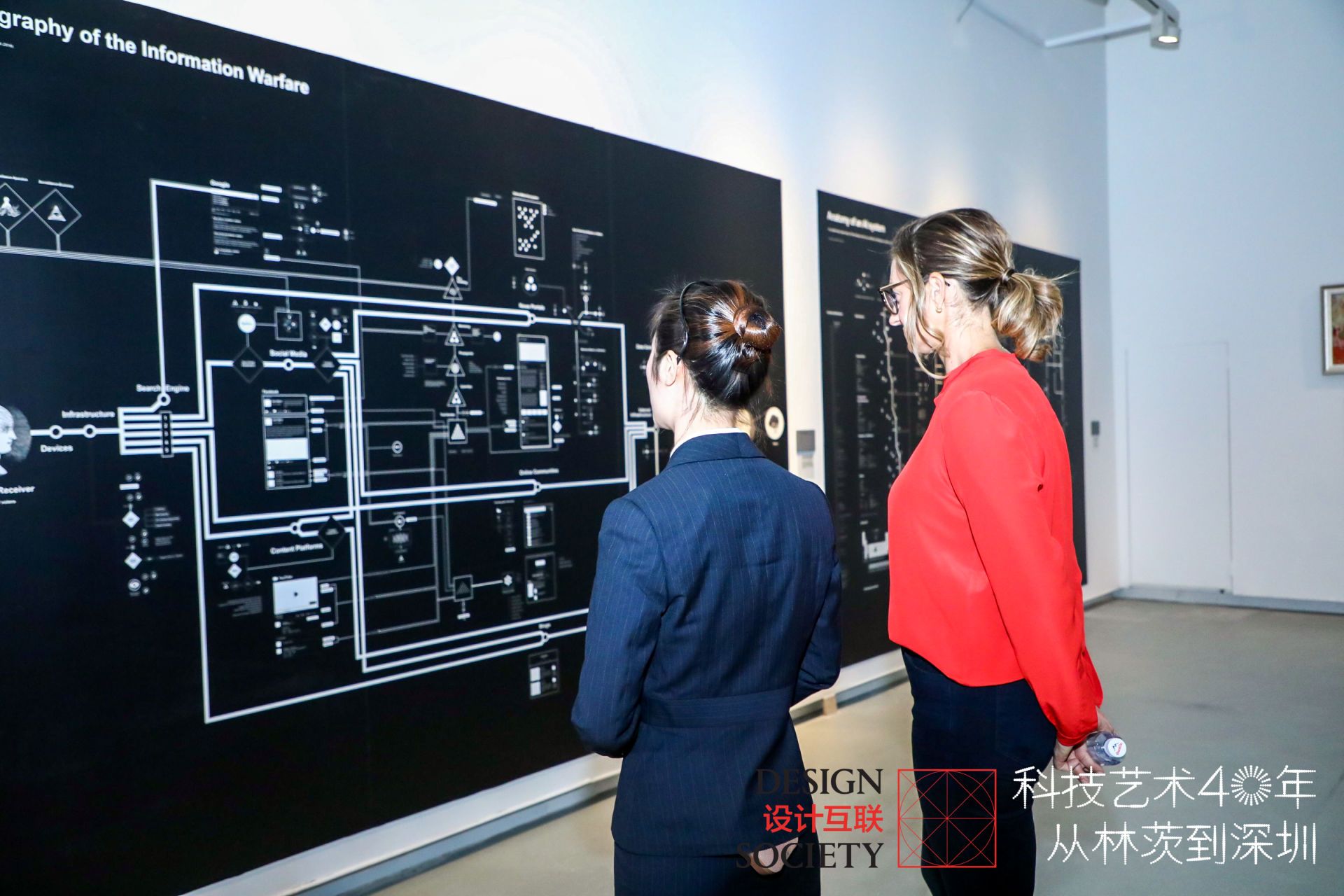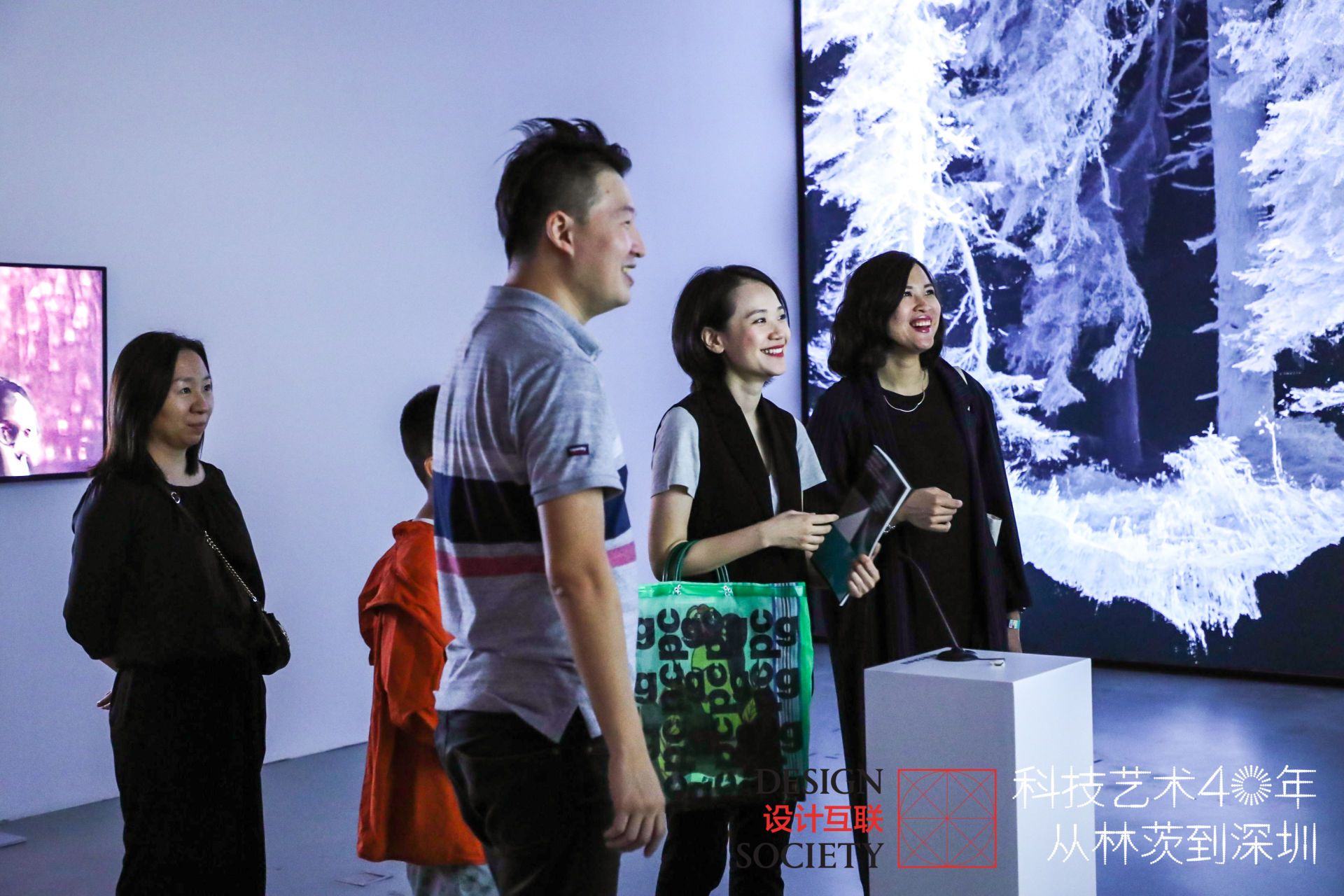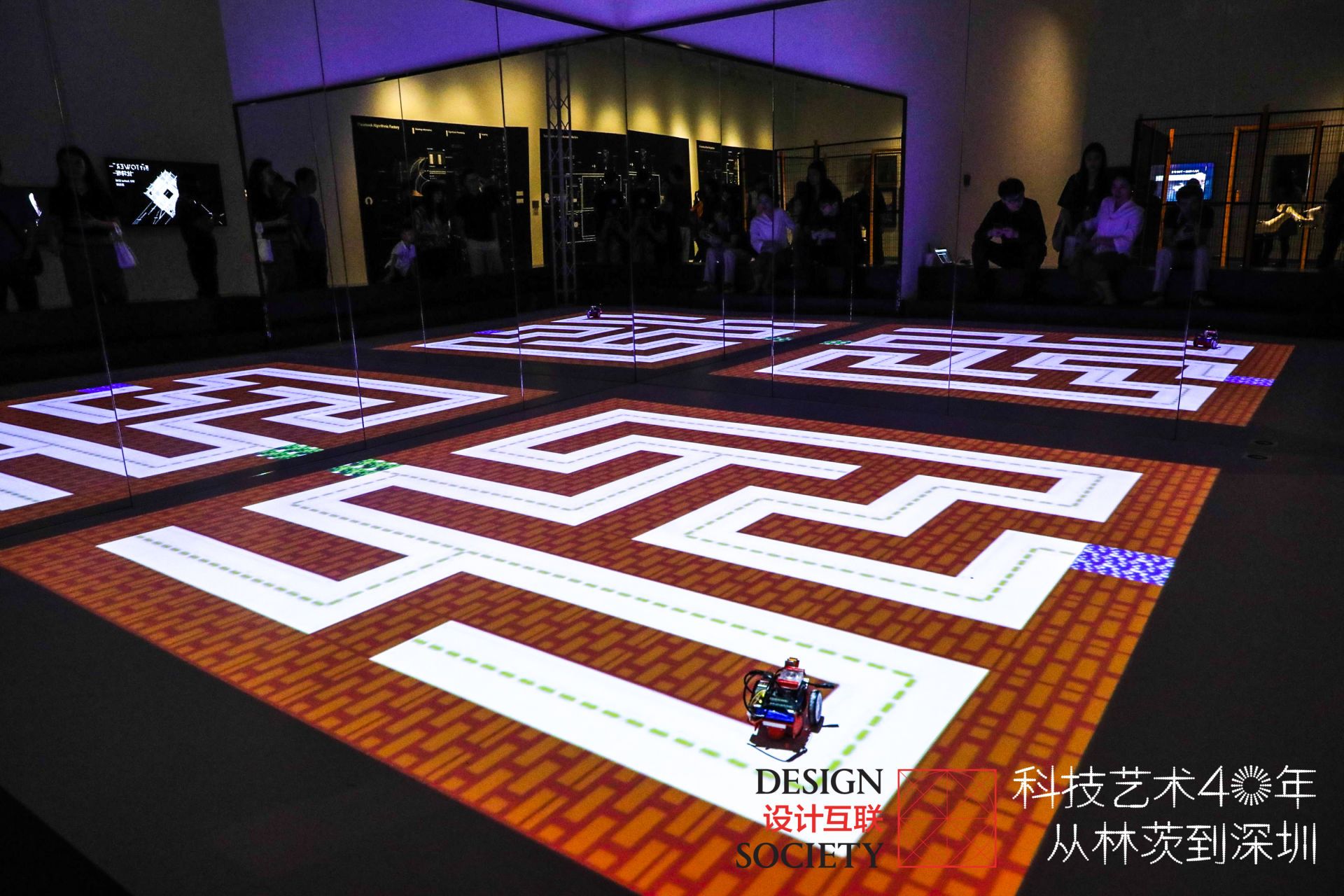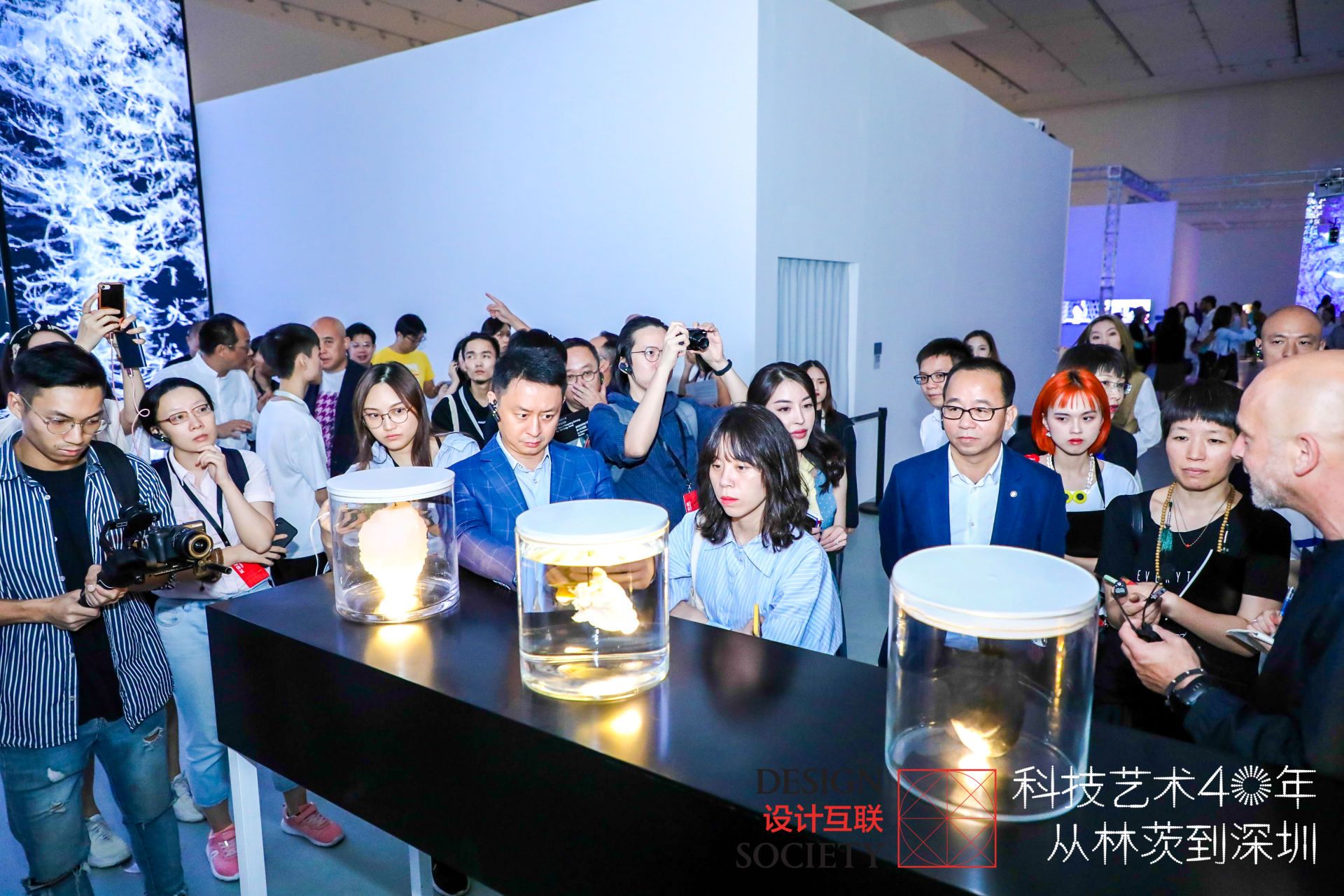This exhibition, designed by the Central Academy of Fine Arts Beijing (CAFA) and Ars Electronica, shows how media artists have been accompanying, analyzing, criticizing and driving the Digital Revolution for decades with great sensitivity and a keen sense.
Type: Exhibition
Duration: November 2, 2019 – February 16, 2020
City, Country: Shenzhen, China
Venue: Sea World Culture and Arts Center, 1187 Wanghai Road, Nanshan District, Shenzhen, China
Ars Electronica, CAFA and Design Society
It all happened very quickly. Just 50 years after researchers in the USA created the very first computer network ever, today more than 4.5 billion people are connected to the Internet. They use the World Wide Web to work, shop, play, exchange information and learn. At the same time, we have automated virtually all processes in our industrialized world. We have taught our machines to perceive their environment and to perform repetitive actions. The fact that all this is so self-evident for us underlines how omnipresent and indispensable technology is today. And yet: that was just the beginning.
Thanks to the computing power now available and the huge amounts of data produced by our digital society, artificial neural networks are unfolding their potential for the first time. We are experiencing the hour of “machine learning” and other applications of “artificial intelligence”, which are no longer programmed by us, but “learn themselves from data”. Although these systems do not have much in common with the intelligence that we as humans possess, we use them to initiate the transition from automation to autonomy: We are starting to digitalize thinking and decision-making. It is therefore high time to rethink our role in the digital world, focusing on us and our desires, not on technology and its capabilities. It’s about our needs, our values and our self-image as digital citizens, and how technology can help us make these ideas a reality. This is exactly what “Humanizing Technology” stands for.
The exhibition, designed by the Central Academy of Fine Arts Beijing (CAFA), Design Society and Ars Electronica, shows how media artists have been accompanying, analyzing, criticizing and driving the Digital Revolution for decades with great sensitivity and a keen sense. And the show makes it clear what a high level of expertise media artists possess in involving a broad public in a discourse on the future that is based on the ability to criticize, self-confidence and optimism.
Curators: Qiu Zhijie, Martin Honzik
Executive Curators: Jo Wei, Christl Baur
Technical Director: Karl J. Schmidinger
Project Manager: Deng Biwen
Collaborators & Sponsors




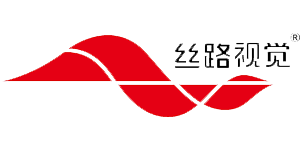

“We always need artists to wake people up”
He is considered one of the most influential contemporary artists in China. On November 2, 2019, Qiu Zhijie of the Central Academy of Fine Arts Beijing, together with the Design Society and his curator colleague Martin Honzik of Ars Electronica, will open the new exhibition “40 Years of Humanizing Technology” in Shenzhen.
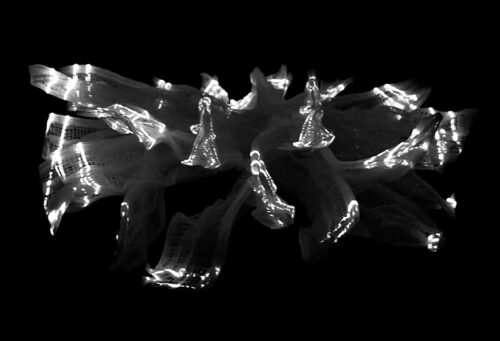
40 Years of Humanizing Technology: How Technology shapes our Society
Technology as an essential human invention or as a self-runner that will overtake us in the future? The exhibition “40 Years of Humanizing Technology – Art, Technology and Society”, organized by the Central Academy of Fine Arts Beijing (CAFA) and Ars Electronica, deals with the question of the antithesis between man and technology that has been present for 40 years and will open on November 2 in Shenzhen.
Artworks
Nelo Akamatsu (JP)
Chijikinkutsu

Chijikinkutsu is a coinage combining two Japanese words: Suikinkutsu and Chijiki. Suikinkutsu is a sound installation for Japanese traditional gardens. Chijiki means geomagnetism: terrestrial magnetic properties that always exist on earth. Chijikinkutsu captures magnetic fields of Chijiki, and expands the subtle sounds of Suikinkutsu in the context of the Japanese perspective on nature.
neloakamatsu.jp/chijikinkutsu-eng.html
Refik Anadol (TR/US)
Origin

Origin is an immersive installation that narrates the incredible cultural and scientific legacy
of Ars Electronica. Using archival information from the past 40 years, this piece aims to tell
the story not only the story of the institutions’ foresight and innovation but also use this
history to visualize future trends and realities.
refikanadol.com/works
Credit: Refik Anadol Studio (This project is supported by Epson)
Refik Anadol (TR/US)
Wind of Shenzhen: Data Paintings
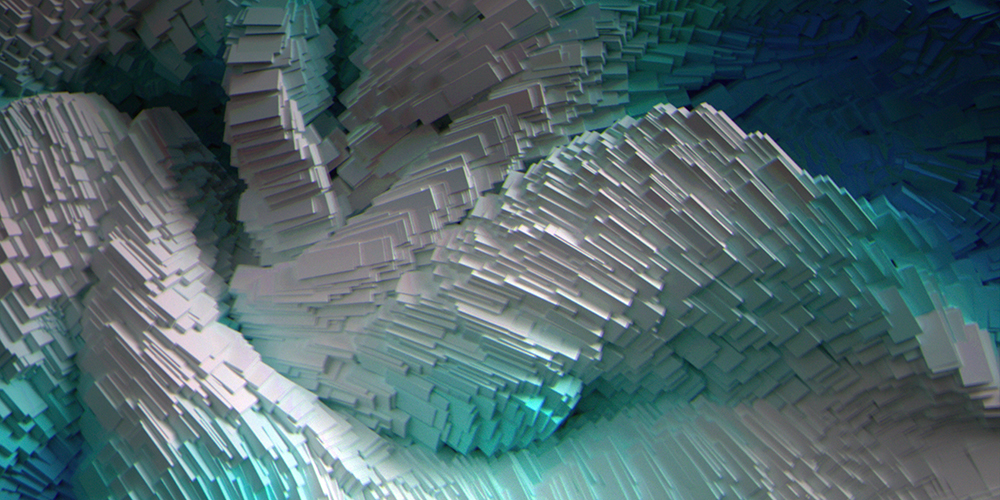
Wind of Shenzhen: Data Paintings is a site-specific work commissioned by Ars Electronica that turns the invisible patterns of wind in and around the city of Shenzhen into a series of poetic data paintings within a digital canvas. Refik Anadol Studios developed a range of custom software using a one-year data set collected from Shenzhen airport to read, analyze and visualize wind speed, direction and gust patterns along with time and temperature at ten-second intervals throughout the year.
refikanadol.com/works/
AnotherFarm (JP)
Modified Paradise: Dress

Modified Paradise is a series of sculptural works made from “luminescent silk” – created by genetically modified silkworms developed by adding the genes of glowing jellyfish and corals. The dress, which floats within a frame with no body, aims to encourage us to think about the extremes and limitations of the interaction between art, science, and technology.
Sound by KAITO SAKUMA A.K.A BATIC.
Chen Baoyang (CN)
Federate Racing

The project aims to make people think that the AI can contribute to solving a problem, but will not find the cause of the problem. The audience watched the car running in the labyrinth and did not ask why. The robot car is trained to move in the labyrinth created by the program. The car only solves the problem posed by another program and creates a seemingly busy but empty cycle.
Deng Biwen (CN)
Restricted limit
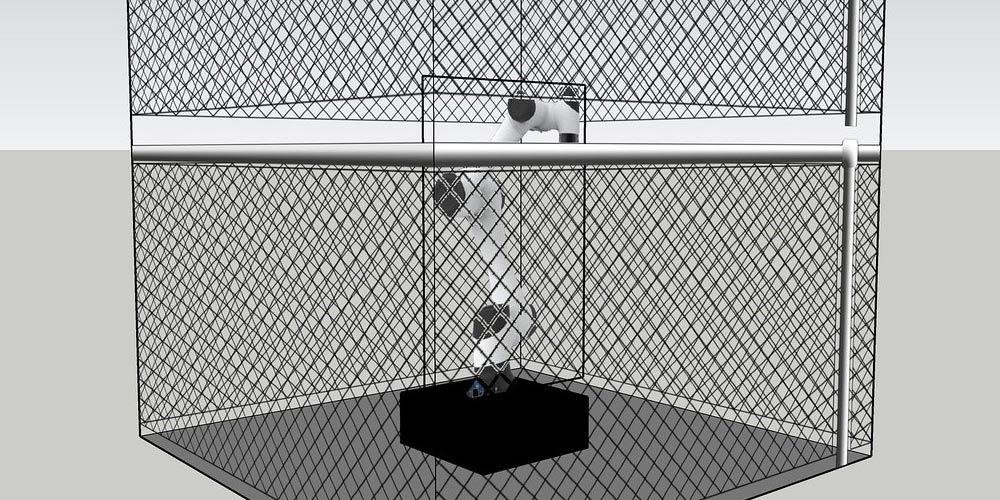
The program makes it possible for the robot arm to exceed its expected limits of movement space – which means that it constantly exceeds its own limits. If we consider the program as a thought and the moving machine as a body, then this work should reflect the limits of human intelligence and the limits of the body in the process of civilization.
Akinori Goto (JP)
Progress
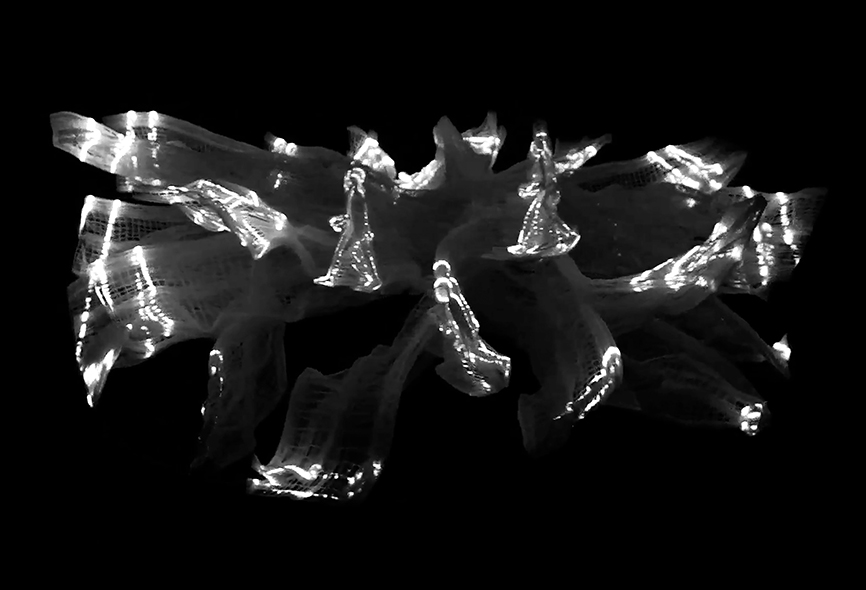
We expand ourselves by using technology longing for a better future. In doing so, we will not remain with our physical augmentation, but lead to enabling our multiple selves to exist on digital ground at the same time. Physical and digital will fuse in future times, and there will come a world without borders. By that time, there might be “the exact same me” with the same appearance and character, existing multiply in the real world. A world “I” am expanding. Where would the original “me” be, when that time comes? How would I be able to say that I am the real “me”?
akinorigoto.tumblr.com/
Ai Hasegawa (JP)
Human X Shark
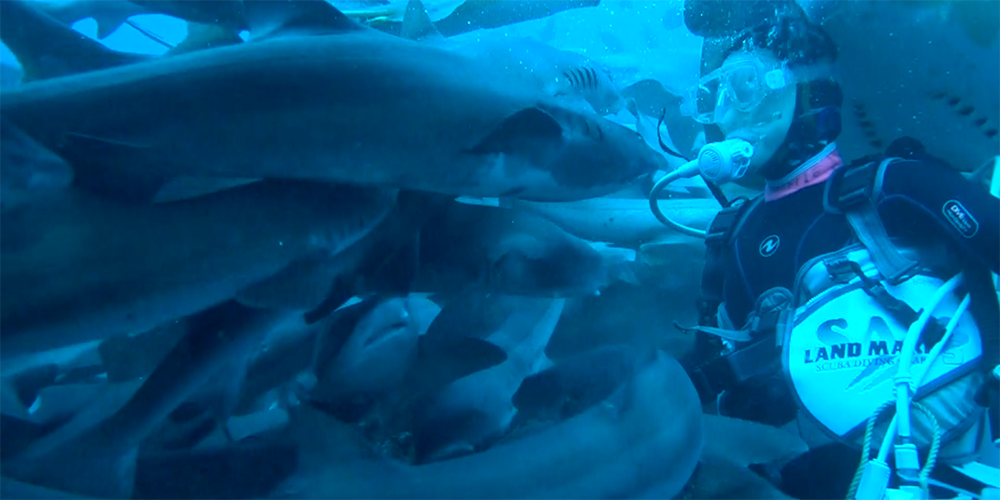
Human X Shark is a research project to develop a perfume that makes us strong and seduces male sharks. It’s aim is to explore a new aesthetic and a (almost violent) chemical communication with another species for the upcoming “compost” era.
aihasegawa.info/human-x-shark
Project team: This project is made for the collaboration project between Ai Hasegawa and Shiseido.
Hiroko Ozeki (Shiseido Global Prestige Brand Operations, SHISEIDO Brand Unit)
Kaori Inaba (Shiseido Global Innovation Center); Design advisor: Fujiwara Dai; Image video part: Naka Takato;
Interview part: Masayuki Iigo (Utsunomiya University), Shizu Takeda (Hitachi), Kyoko Okita (Hitachi);
Support: Culture department of Shiseido Company, Limited; JST ERATO Kawahara Project; T. Hasegawa Co. Ltd.; Hitachi, Ltd.; Beige Creative & Co., Inc.; Parima Taiebi (Shiseido Global Prestige Brand Operations, SHISEIDO Brand Unit)
Iris Long (CN)
Lying Sophia and Mocking Alexa

In this work, the two characters “Sophia” and “Alexa” are transformed into text and sound, which is generated by the AI program (GPT-2 model). The robot Sophia has a very realistic human appearance and great responsiveness. The Alexa machine lives at home with its “terrible laugh” as a service worker and symbolizes the uncontrollability and potential of this AI “black box”. In the work, visitors are invited into a space filled with the chatter of Sophia and Alexa.
Isaac Monté (BE), Toby Kiers (US)
The Art of Deception
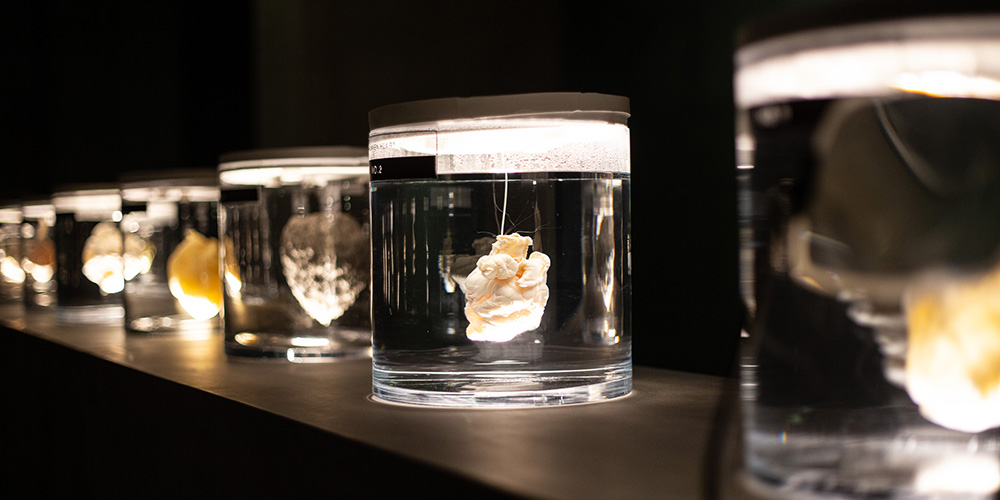
Humans use deception to achieve perfection in society, art and science. Reacting to this through art, we have taken discarded pig hearts and transformed them into elegant vessels for new life by decellularizing them and re-populating them with various techniques, into aesthetically improved hearts for humans. With this collection of 21 transformed hearts we explore how biological interventions and aesthetic manipulation can be used as tools for the ultimate deception: the transformation of inner beauty, from grotesque to perfect.
isaacmonte.nl/the-art-of-deception
Commissioned by Bio Art & Design Awards, with the support of ZonMw.
Jiang Zhuyun (CN)
The Sound of One Hand
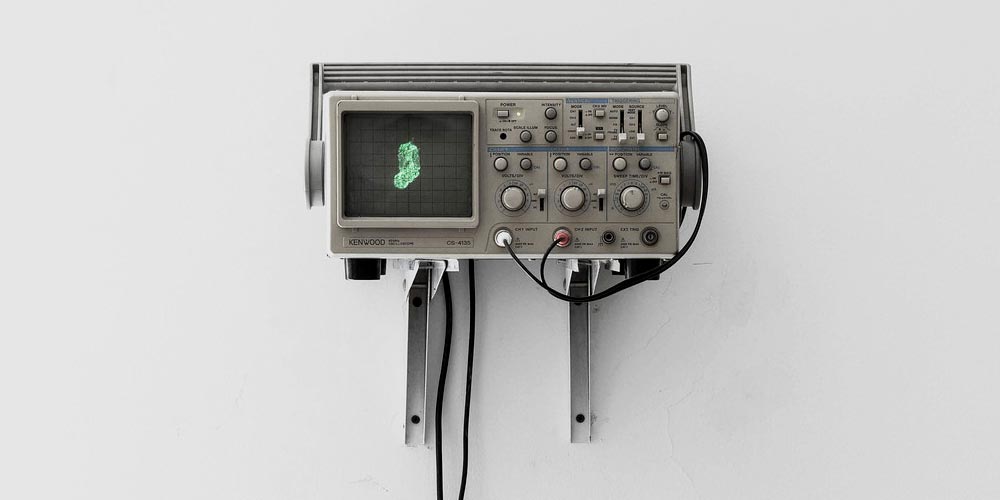
With XYscope (a library by Ted Davis for Processing), the work develops a three-dimensional model of a hand in an audio format, decodes it and then plays it back in the XY mode of the oscilloscope. The Chinese character is quoted from the writings of a famous Zen sect.
Kate Crawford (US), AI Now Institute & Vladan Joler (RS), SHARE Lab
Anatomy of an AI System
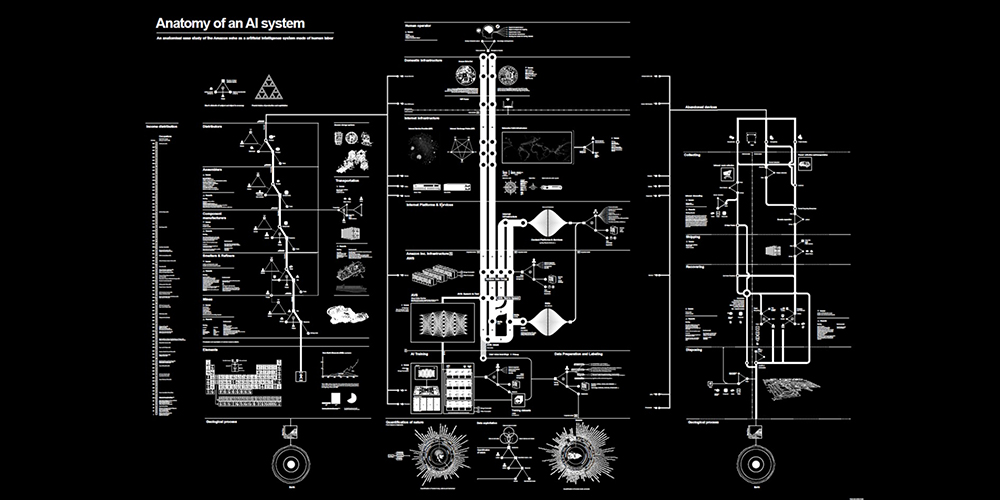
Anatomy of an AI System is a large-scale map and long-form essay investigating the human labor, data, and planetary resources required to build and operate an Amazon Echo. The exploded view diagram combines and visualizes three central, extractive processes that are required to run a large-scale artificial intelligence system: material resources, human labor, and data. The map and essay consider these three elements across time—represented as a visual description of the birth, life, and death of a single Amazon Echo unit.
anatomyof.ai/
Maps and design: Vladan Joler and Kate Crawford
Published by: SHARE Lab, SHARE Foundation and The AI Now Institute, NYU
Vladan Joler (RS)
Facebook Algorithmic Factory

Facebook Algorithmic Factory sheds light on the invisible processes that take place inside the world’s largest social network. Inside this black box, non-transparent algorithms are deciding what kind of content will become a part of our reality, what will be censored or deleted, which ideas will spread and what news will gain most visibility. They are also defining new forms of labour and exploitation.
labs.rs/en/the-human-fabric-of-the-facebook-pyramid/
Vladan Joler (RS)
Topography of Information Warfare
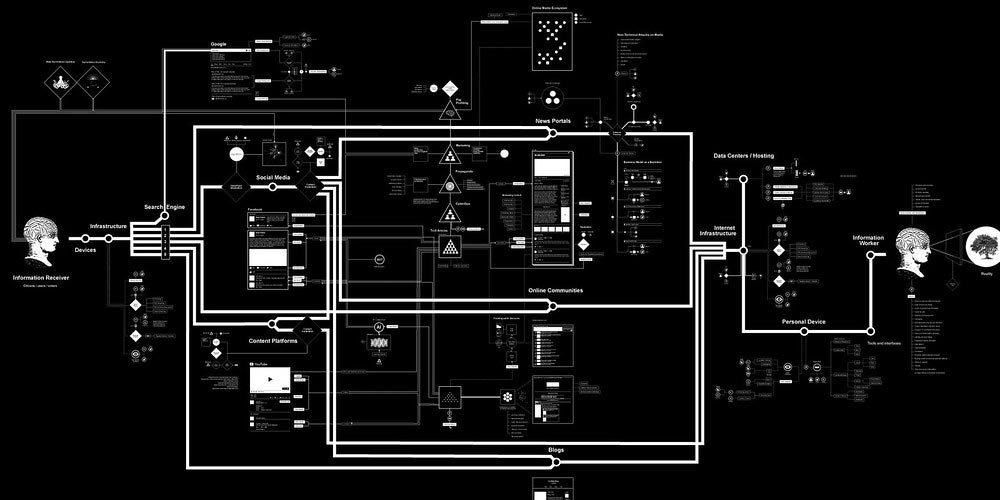
Governments, political actors and companies are now experimenting with more sophisticated ways (harder to detect and document) of exerting internet control and disturbance in the information flow. The aim of this analysis was to explore (and visualize) some of the forms and methods of interventions that various political actors or power structures have been using to control and conquer various online spheres. Here we mostly focused on hidden, indirect actions, interventions by unknown actors, companies without visible ties to government officials, political troll armies and troll lords and “artificial” entities.
labs.rs/en/
Bjørn Karmann (DK), Tore Knudsen (DK)
Project Alias
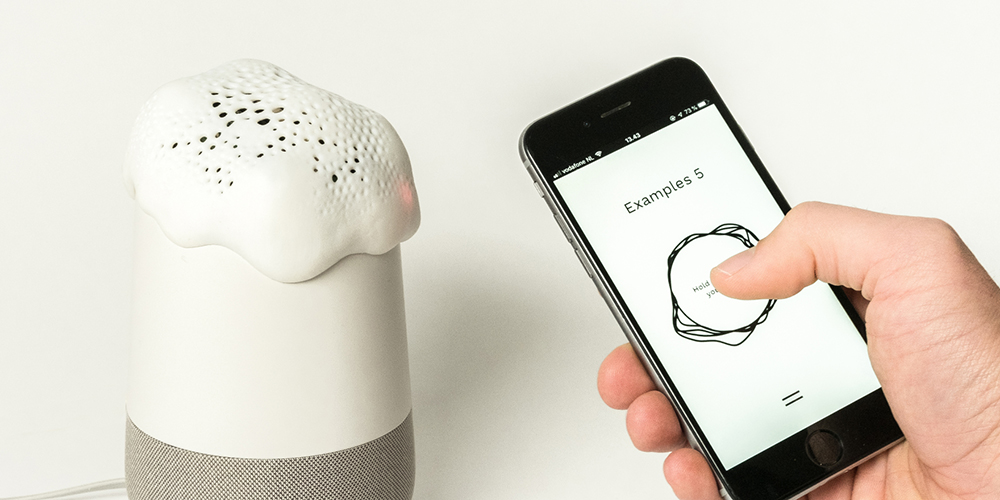
Alias is a teachable “parasite” that is designed to give users more control over their smart assistants, both when it comes to customisation and privacy. Through a simple app the user can train Alias to react on a custom wake-word/sound, and once trained, Alias can take control over your home assistant by activating it for you. When you don’t use it, Alias will make sure the assistant is paralysed and unable to listen by interrupting its microphones.
bjoernkarmann.dk/project_alias
toreknudsen.dk/work/project-alias/
Liu Wa (CN)
Racing Thoughts

The work traces the artist’s aimless surfing of the Internet through two different but complementary approaches. On the right channel, she clinically measures the real-time emotions via an EEG-based brain-computer interface. On the left channel, she superimposes her hand-drawn animations with the screencast and describes her fantasy.
Xia Yubing (CN)
Alternative World-Painting Dreams

Meandering River is an audiovisual art installation comprised of real-time visuals and music composed by an A.I. through machine learning. The piece reinterprets the shifting behavior of rivers in the landscape, regarded from a bird’s eye view. Minor changes of riverbeds are not visible for the bare eye, as they are gradually happening over time. Spanning over multiple screens Meandering River visualizes these altering landscapes and makes the changes visible. It leaves the observer with a unique perception of time.
onformative.com/work/meandering-river
onformative (DE), kling klang klong (DE)
Meandering River

Meandering River is an audiovisual art installation comprised of real-time visuals and music composed by an A.I. through machine learning. The piece reinterprets the shifting behavior of rivers in the landscape, regarded from a bird’s eye view. Minor changes of riverbeds are not visible for the bare eye, as they are gradually happening over time. Spanning over multiple screens Meandering River visualizes these altering landscapes and makes the changes visible. It leaves the observer with a unique perception of time.
onformative.com/work/meandering-river
Qiu Siyao (CN)
Sisyphus
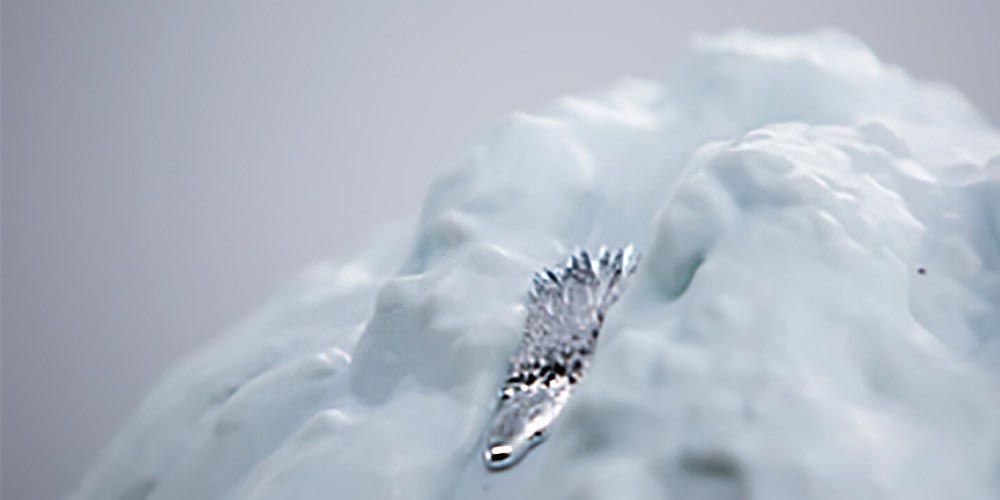
Inside the plant, a mechanical device is installed that transforms a magnetic liquid metal into a soft solid and pulls it to the top of a “mountain”. When it is on its way to the top, the metal returns to its liquid state and forms an endless cycle.
Qiu Zhijie (CN), He Xiaodong (CN)
AI Calligrapher

The AI calligrapher can understand the emotions contained in various Chinese characters through his AI algorithm and then write them in a style that corresponds to the emotions. It consists of three modules: emotion recognition, calligraphy creation and layout presentation.
Qiu Zhijie (CN), He Xiaodong (CN)
An Interactive Artistic Mind Map Generator with Artificial Imagination

It is an interactive real-time installation realized through the technology of artificial intelligence. The map was created by the team of the Central Academy of Fine Arts based on the hand painted map of the artist Qiu Zhijie and completed by the team of the Institute of Artificial Intelligence, JD Group. After one month of training, the artificial intelligence can insert the vocabulary dictated by the audience into a map with landscapes, building forms and other keywords according to the artist’s way of thinking.
Quadrature (DE)
Positions of the Unknown

At the dawn of the Space Age, the US government trained citizens to search for foreign artificial satellites. When they stopped in 1975, the amateurs kept on observing the skies – now searching for confidential objects. Using their findings, the 52 small machines simply points at these mysterious objects as they revolve around Earth, serving as silent witnesses of the unknown.
quadrature.co/work/unknown/
Supported by Ars Electronica and Drive VW Group Forum
Quayola (IT)
Pluto and Proserpina

Pluto and Proserpina are milled by Sculpture Factory, an ongoing research on classical sculpting via robotic means. Inspired by Michelangelo’s technique of “non-finito” (the “unfinished”), the installation explores the tensions between form and matter, the real and the artificial, the old and the new.
quayola.com/work/series/sculpture-factory.php
Courtesy of bitforms gallery
Quayola (IT)
Pleasant Places
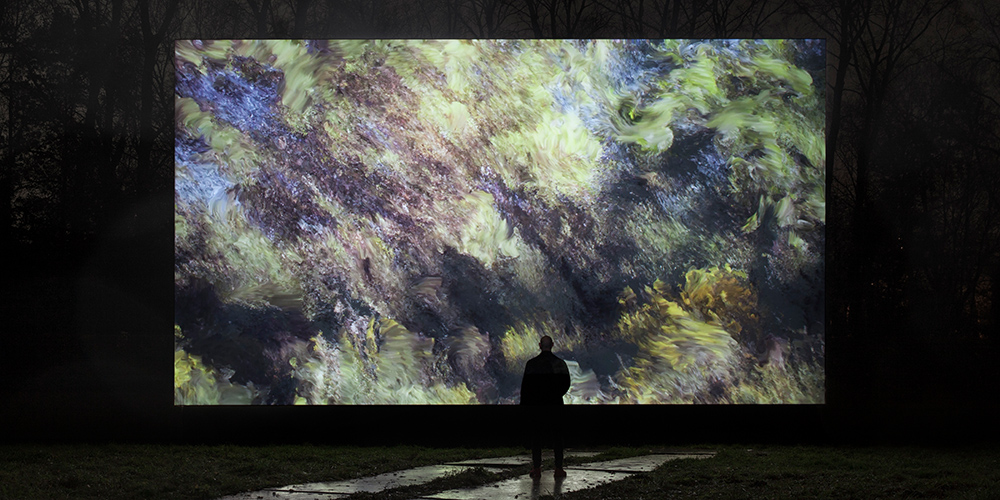
Titled after the first series of landscapes prints produced in Holland in the 17th century, Pleasant Places consists of a series of digital paintings exploring the boundary between representation and abstraction. Inspired by the work of Vincent Van Gogh, Quayola has returned to the same countryside of Provence some 125 years later. The landscapes serve as a point of departure – a pretext from which to shape an inner motion and vision. Through the misuse of image-analysis and manipulation algorithms, Pleasant Places challenges the notion of the photographic image and proposes alternative modes of vision and synthesis.
quayola.com/work/selected/pleasant-places.php
Courtesy of bitforms gallery
Quayola (IT)
Remains
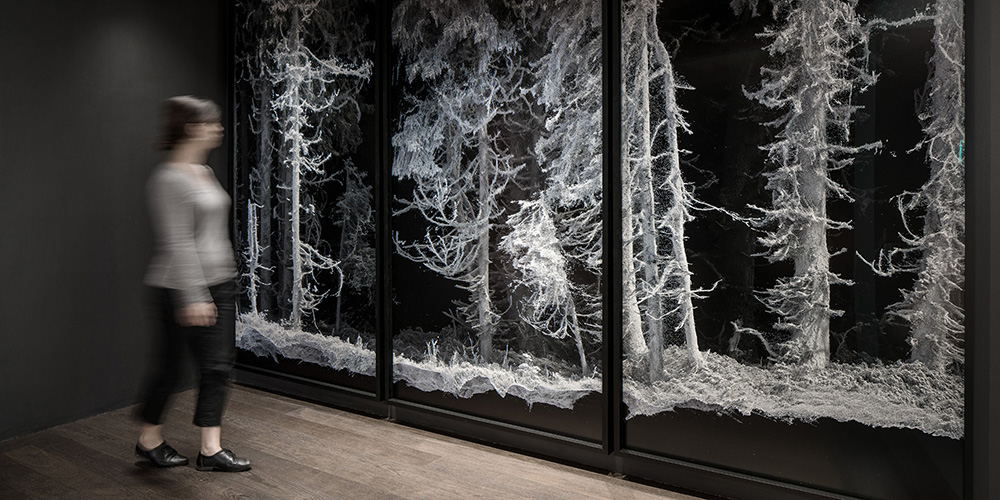
Remains is an ongoing project focusing on nature and the tradition of landscape paintings. High-precision laser scanners are used to capture natural landscapes at vast resolutions, resulting in complex digital renderings printed on large-format archival paper. The combination of highly detailed geometric reconstructions and the imperfections of the 3D-scanning process create hybrid formations, in between the real and the artificial. While recreating similar conditions to ‘en plein air’ painters of the late 19th century, the natural landscapes are actually observed and analysed through extensive technological apparatuses, re-purposed through new modes of visual synthesis.
quayola.com/work/series/remains-series.php
Commissioned by Audemars Piguet
Anna Ridler (UK)
Mosaic Virus
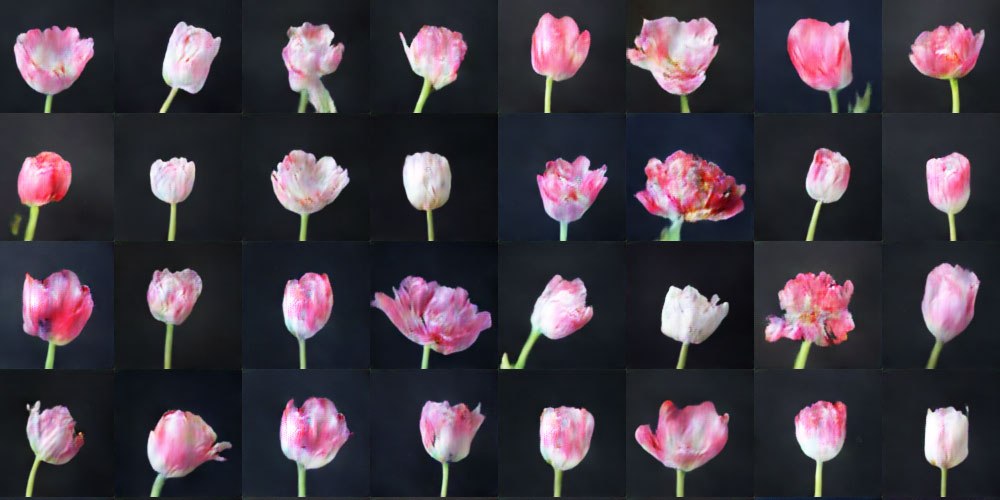
Mosaic is the name of the tulip virus responsible for the coveted petal stripes that caused the speculative prices during the ”tulip mania” in the 1630s. This work draws a parallel to the current speculations around cryptocurrencies, showing blooming tulips whose stripes reflect the value of the Bitcoin currency. Echoing how historical still lifes were painted from imagined bouquets rather than real ones, here an Artificial Intelligence constructs an image of how it imagines a tulip looks like.
annaridler.com/mosaic-virus
This work has been commissioned by Impakt within
the framework of EMAP/EMARE, co-funded by Creative Europe.
Anna Ridler (UK)
Myriad (Tulips)
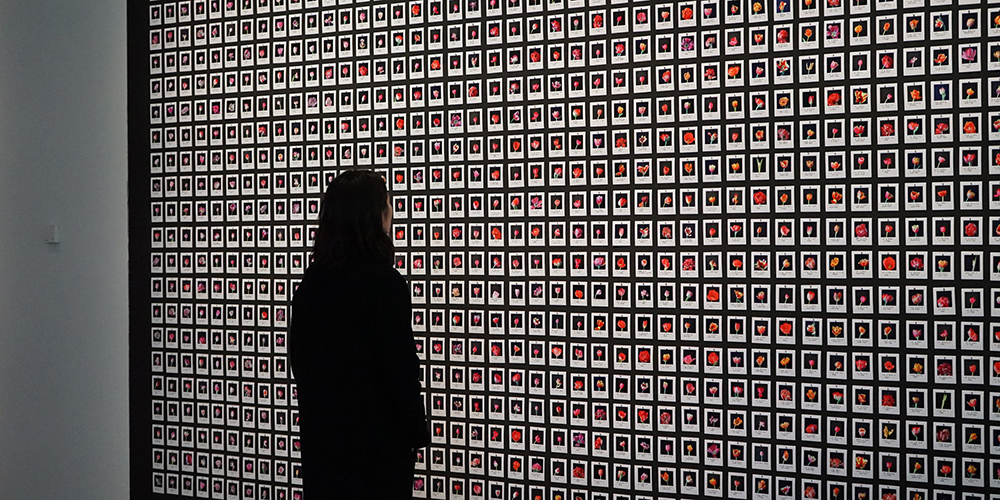
This work is the training data set for the parallel work Mosaic Virus. Ten thousand, or a myriad, tulips were photographed and sorted by hand by the artist according to criteria of color, type and stripe — a work that is the basis of any database for machine learning. The images reveal the human aspect that sits behind machine learning and how the labels are often ambiguous. How objective can artificial intelligence actually be when it is repeating the decisions made by people? And how difficult is it to classify something as complex as gender or identity when it is hard to categorise a white from a light pink tulip?
annaridler.com/myriad-tulips
This work has been commissioned by Impakt within the framework of EMAP/EMARE, co-funded by Creative Europe.
Mariano Sardón (AR) & Mariano Sigman (AR/ES)
The Wall of Gazes

The Wall of Gazes consists of a screen in which visitors can see how portrait images are revealed by means of the movements of the eyes of many persons simultaneously. Gazes were captured by an eye tracker device. Around 100 participants were sat in front of a portrait image and the device recorded their gazes along 15 seconds. The screen is connected to a computer and a special software displays the eyes tracks stored in a database. Portraits are ever changing composition according the gazes taken and displayed by the software. The Wall of Gazes aims to engage people with those parts of the face that are really seen and those parts that remains “unseen” while attention is
focused elsewhere on the portrait.
marianosardon.com.ar/wall/wall.htm
Universal Everything (UK)
Walking City

Referencing the utopian visions of 1960s architecture practice Archigram, Walking City is a slowly evolving video sculpture from Universal Everything. The language of materials and patterns seen in radical architecture transform as the nomadic city walks endlessly in this moving image artwork, adapting her movement and form to the environments she encounters.
universaleverything.com/projects/walking-city
Creative Director: Matt Pyke
Animator: Chris Perry
Sound Designer: Simon Pyke
Wu Juehui (CN)
WJH.Zip
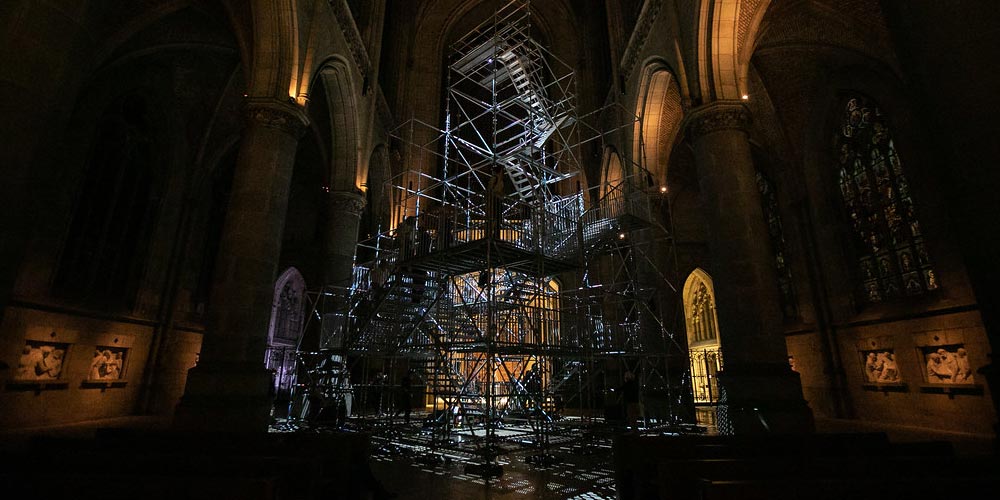
WJH.Zip consists of the artist’s projects: bitTower, Star Zoo, Organs Project and Neuro Nebula. His artistic work includes disciplines such as biology, information technology and interactive media.
Curators

Qiu Zhijie
Dean and professor of the School of Experimental Art at the Central Academy of Fine Arts, professor of the School of Intermedia Art at China Academy of Art
Qiu Zhijie was the curator of the first video art exhibition in China in 1996 and curated a series of “Post-sense Sensibility” exhibitions during 1999 and 2005 promoting the young generation of Chinese artists. In 2012 he was the chief curator of the 9th Shanghai Biennale “Reactivation”, in 2017 he is the chief curator of the Chinese Pavilion of the 57th Venice Biennale. Since 2015, He is the academic director of Ming Contemporary Art Museum (Shanghai). In 2017,he initiated EAST (Education, Art, Science, Technology) Alliance in Central Art of Fine Arts Beijing.

Martin Honzik
Director of Ars Electronica Festival, Prix, and Exhibitions, Linz, Austria
Martin Honzik is an artist and director of Ars Electronica’s Festival, Prix and Exhibitions divisions.
He studied visual experimental design at Linz Art University (graduated in 2001) and completed the master’s program in culture & media management at the University of Linz and ICCM Salzburg (graduated in 2003). Besides being independent Artist in several art projects, he joined the staff of the Ars Electronica Futurelab, where, until 2005, his responsibilities included exhibition design, art in architecture, interface design, event design and project management. Since 2006, Martin Honzik has been director of the Ars Electronica Festival and the Prix Ars Electronica and in charge of the exhibitions in the Ars Electronica Center as well as Ars Electronica’s international exhibition projects.
Executive Curators

Jo Wei
Researcher of Art, Science and technology (AST) in the Central Academy of Fine Arts
Jo Wei is a curator and researcher and is also the founder of the Pan Bio-Art Studio (PBS). Wei is currently a researcher of Art, Science and technology (AST) in the Central Academy of Fine Arts (CAFA). Her recent research interests include AST in a posthuman context, Bio Art, AI and Ecological Art, etc. Among the list of her many curations are Quasi-Nature:Bio Art, Borderline, Laboratory (2019, Hyundai Motorstudio, Beijing), and When Forms do not Become Attitude (2016, CAFAM, Beijing). Wei was in the curatorial team of Ethics of Technology (2016) and Post-Life (2018), respectively part of the first and second editions of the Beijing Media Art Biennale. She is also an International Adviser for the European Commission’s 2019 STARTS Prize.

Christl Baur
Co-Producer of Ars Electronica Festival, Prix, and Exhibitions, Linz, Austria
Christl Baur is co-producer at Ars Electronica, researcher with an interdisciplinary background in art history, cultural management, and natural science. She is particularly interested in the conjunction of aesthetic and social practices that center on collaboration and experimentation and challenge dominant social, political, and economic protocols. Her research field encompasses topics such as video art, new media technologies, computer, biotechnology and interactive art, and she works at the nexus of art & science. Over recent years, she has developed, co-produced and delivered large-scale exhibitions and performances, research, residency & publication projects—most recently in cooperation with universities and scientific associations such as Google Arts & Culture, Microsoft, Hyundai as well as the Central Academy of Fine Arts Beijing. She works closely together with artists whose practice is situated at the interface of art, science, and technology.
Partners

Ars Electronica
Since 1979, Ars Electronica has been concerned with shaping the future and the impact of new technologies on our lives. Our attention is always focused on the role of human beings, the cultural and social challenges they face, and the resulting possibilities for shaping our lives. Ars Electronica has developed an internationally successful platform out of the trend-setting exchange and interplay of art, technology and society, which today encompasses a whole range of different activities: The “Ars Electronica Festival,” which gathers more than 1,000 artists and scientists each year, the annual “Prix Ars Electronica,” for which more than 4,000 submissions from around 100 countries are always submitted, the “Ars Electronica Center,” which attracts more than 170,000 visitors each year, the annual “Prix Ars Electronica”, for which more than 4,000 submissions from around 100 countries are submitted at any one time, the internationally renowned “Ars Electronica Futurelab” and its extremely successful “Ars Electronica Japan” initiative, “Ars Electronica Solutions”, which creates market-ready products from prototypical projects, “CREATE YOUR WORLD”, which implements programs with and for the next generation, the Ars Electronica EXPORT staff unit, which develops art exhibitions, conferences, performances and workshops for customers worldwide, and finally the Ars Electronica Archive, a worldwide unique collection of descriptions and documentations of more than 75 works of art.000 projects from almost four decades of the Digital Revolution.
1979_ Ars Electronica Festival / 1987_Prix Ars Electronica & Ars Electronica Archiv / 1996_Ars Electronica Center & Ars Electronica Futurelab / 2004_Ars Electronica EXPORT / 2009_Ars Electronica Center (Expansion) / 2013_Ars Electronica Solutions / 2016_Ars Electronica Japan

Central Academy of Fine Arts
The Central Academy of Fine Arts (CAFA) is the only higher education arts academy directly under the Ministry of Education of China. CAFA is dedicated to a contemporary art education structure, with programs like Fine Art, Design, Architecture and Humanities interacting, supporting and influencing each other. CAFA plays a leading role in China’s art education system in the new century. With its distinctive Chinese features, advanced teaching and research resources, CAFA has received global recognition in the realm of art education, and has become a model school, representative of and leading China’s higher arts education.

Design Society
Design Society is an innovative cultural initiative founded by China Merchants Shekou (CMSK), a company engaged in comprehensive urban development under the 147-year-old China Merchants Group. As a creative platform, Design Society has already built an extensive network of partners, contributors and supporters from China and around the world, across academia, business, governmental affairs and education, as well as through collaborations with major museums, residential programmes and archival institutions. With the advice of industry experts, the growth of this network demonstrates the overlapping creative practices – closely bound to society and industry – vital to the sustainability of Design Society. An extensive membership programme offers exclusive industry opportunities and career acceleration activities, elevating Design Society as a leading resource on both a local and international scale.

